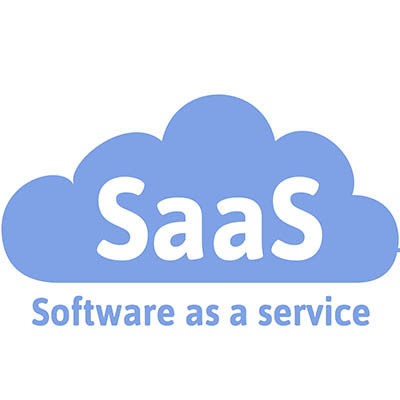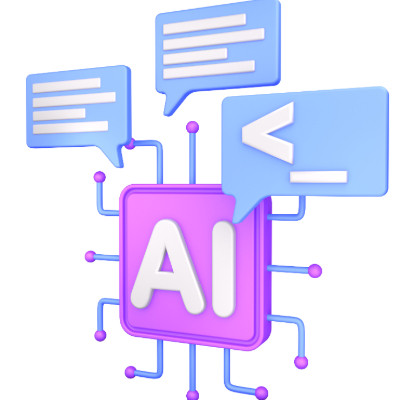Cambium Data Blog
Are you exhausted from constantly dealing with garbled audio, dropped calls, and confusing telephone bills from your vendor? You deserve better, and while you know it, your telephone provider doesn’t. Thankfully, we do as well, and we have just the solution for you: Voice over Internet Protocol, or VoIP.
However, not all VoIP solutions are the same, and what works for one business might not work for yours. Today, we want to explore some of the mistakes SMBs make when selecting a VoIP vendor.
Clutter is a part of life, but one place you absolutely don’t want it is your business’ network. This clutter is called “digital cruft,” which 1) is an actual word, and 2) creates serious problems if you let it accumulate. Your digital cruft can lead to significant vulnerabilities that put your network at risk.
How often have you been frustrated by the challenges of installing new software? How about expiring licenses or outdated tools that need to be upgraded frequently to prevent them from becoming obsolete? These are all problems associated with buying software licenses, and they can all be avoided through the smart use of Software as a Service.
By “renting” access to applications with a SaaS model, you can lay the foundation for a more efficient, secure, and scalable infrastructure, all while potentially setting yourself up to punch at a higher weight class than your SMB might have been capable of in the past.
Network bottlenecks are some of the biggest problems that businesses face in their networking architecture. While you might be paying your ISP for a certain speed standard, chances are you’re not getting it, especially if you’re relying on a consumer-grade router. If your network can’t handle all the abuse you throw at it day to day, then you could be putting your productivity and profits in jeopardy.
In IT, we often talk in terms of firewalls, encryption algorithms, and next-generation detection and response tools. We meticulously patch systems, configure complex security policies, and deploy the latest hardware. After two decades in this field, I can tell you where the biggest, most persistent vulnerability lies: the people.
Most modern businesses are powered by their on-premise server hardware assuming that it creates a more secure environment for them. While having your data close by, where you can easily access it, sounds like a great idea, know that there are also issues that arise from these kinds of arrangements. In fact, your business might be the most dangerous place you can host your data. Here’s why.
If and when an employee departs from your business, they should go through a comprehensive offboarding process. This process should include the physical handoff of keys, laptops, and any other assets or resources they used during their employment with your business. While it’s easy enough to collect these physical items, it’s harder to shore up your business on the digital side of things.
As a cybersecurity professional, I've seen organizations of all sizes and sectors make a critical, often fatal, mistake: they wait for the water to boil. They operate under a reactive cybersecurity model, adopting the same slow, passive approach as the hapless subject of the boiled frog analogy.
It’s a tale I recently rediscovered, and it's a chillingly perfect metaphor for modern cyberrisk. Imagine a frog enjoying a cool bath as the water is slowly, almost imperceptibly, heated. It thinks it’s enjoying a relaxing bath until the water reaches a lethal temperature. By then, it’s too late. The danger has crept up, and the frog is boiled.
Imagine you’re going through your workday, business as usual, until all of a sudden, you lose control of your computer. A message displays across your screen stating that your files have been encrypted and they will be permanently deleted unless you pay a huge ransom. Meanwhile, you’re sitting there thinking, “Why me? Why my small business?”
Cybersecurity is not just for enterprises; it’s for all businesses, big and small. You need to take proactive measures now so you don’t pay for your inaction later.
Historically, AI has been perceived by SMBs as complex, expensive, and outside their operational scope. Today, the democratization of AI via SaaS and integrated platforms makes it a cost-effective, practical IT asset with measurable ROI.
Here are three focused areas where AI can be strategically deployed to optimize your business performance:
Ask yourself honestly: How well does your current IT support function? If your answer is merely "fine" or "good," you're likely settling for the status quo and missing out on significant benefits. True IT partnership isn't about break/fix; it's about strategic growth.
If your provider has never discussed your long-term goals or future technology needs, it's time for a change. If you’re seeking a partner that delivers more than just basic support, we invite you to consider Cambium Data and our brand of comprehensive managed services.
No matter the size or industry of your business, effective communication is a constant challenge that dictates where you spend your tech budget.
Fortunately, there is a simple, strategic, and powerful solution: Voice over Internet Protocol (VoIP). This modern technology is a sound upgrade from traditional telephone systems and is ready to transform your communication infrastructure for the better.
Have you tried using AI to support your business, only to find yourself underwhelmed by the results? It can be too easy to assume that the AI will be able to extrapolate what we really mean based on vague instructions, but that just isn’t how it works.
In order to get quality results, you need to provide the AI tool with a quality request. This will require something called “prompt engineering.”
Let’s go over some strategies to help you make the most of the prompts you create.
With AI taking over the zeitgeist, you’re probably wondering what the big deal is and how you can use it for your business. That said, AI is far from infallible: you can experience issues with your AI models. We’re not just talking about operational problems; we’re talking about the value and validity of its responses to your queries.
What do you do if you can’t see the content of a web page or application clearly? It’s easy; you just zoom in on the page or document as needed. While this is admittedly a pretty basic tip, we find that some individuals don’t know this functionality exists. Today, we’re covering four different tricks to consider for your zooming pleasure, one of which is a super secret tip for a function we bet you haven’t heard of.
Want to share all those helpful tutorials you’ve found on YouTube with your coworkers? Well, they won’t do any good unless you tell your coworkers where exactly in the video their interest should lie. After all, no one wants to waste time, right? Here’s how you can skip to anywhere in a YouTube video in a simple, easy way.
There are a lot of threats out there, ranging from simple and annoying viruses to business-ending ransomware. Do you know how these threats end up on your network in the first place, and more importantly, how do you protect your network from these threats? Today, we’re exploring the various avenues a cybersecurity threat might take to install itself on your device, as well as what you can do about it.
Artificial intelligence has officially moved from science fiction into our daily toolkit. Whether you're drafting an email, brainstorming a new project, or debugging code, AI tools can dramatically boost productivity. Like any powerful tool, however, knowing how to use it effectively is growing in importance. This week, we thought we’d give you three tips on how to get AI to work best for your organization.
The hiring process is long and tiring, but hopefully by the end of it all, you end up with the perfect candidate for the position. While they might be eager to get to work, they might find themselves ill-equipped to do their job—a position you don’t want them to be in. Unfortunately, this is how many new hires start their tenure with a new employer, and while it might be tempting to claim that someone simply dropped the ball during the onboarding process, it’s more likely that the onboarding process itself is broken.
We’re several years past the COVID pandemic at this point, and many companies are calling their remote workers back to the office. Still, there is merit in having a remote workforce, even if it’s not strictly “mandatory” or “necessary” any longer. Today, we want to share some tips to help your business thrive with a remote workforce and what you can do to optimize your odds of success with this work environment.




















